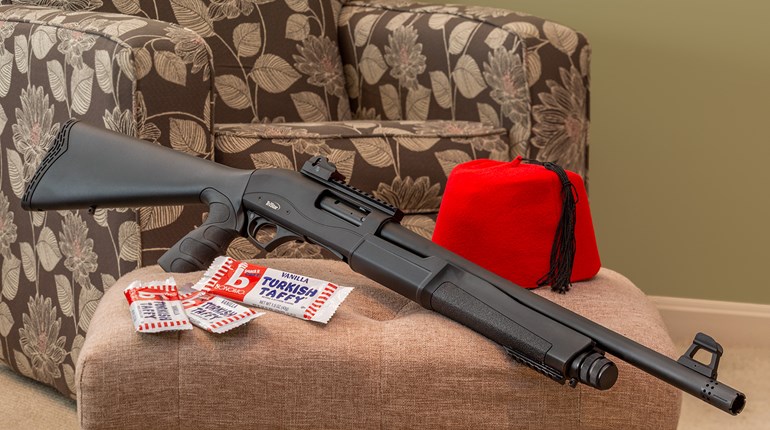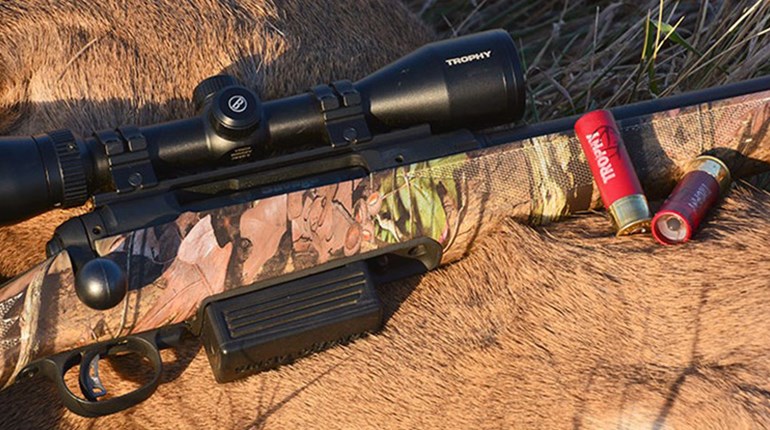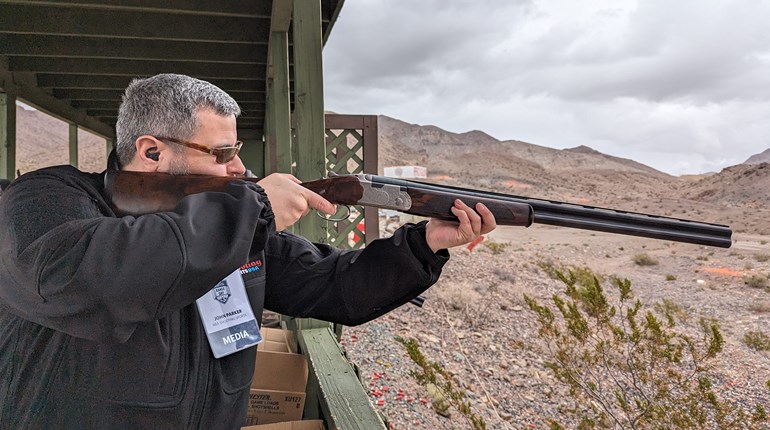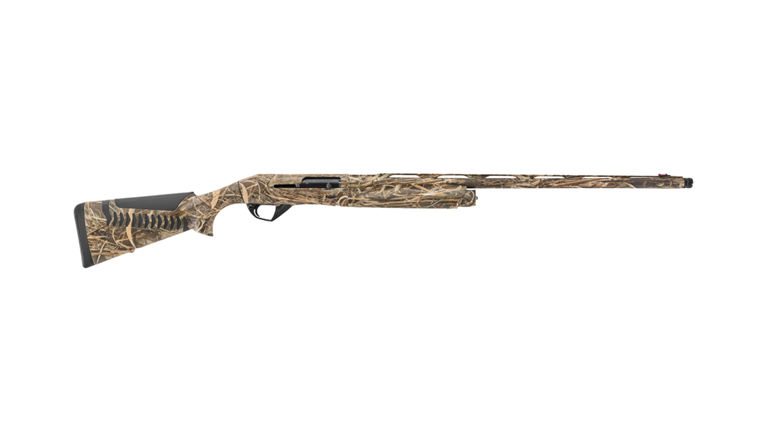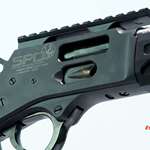
TriStar Sporting Arms is a small company that has made some intelligent moves in the American shotgun market. While the big boys fight it out for high margins and sheer sales volume, TriStar’s strategy is to hit niches that the goliaths leave open.
“It would be a bad move for us to try to make an inexpensive hunting pump,” said owner and CEO Gus Bader. “Two big companies have that covered.” (It’s safe to say he means Remington and Mossberg.) “We make guns that the large manufacturers have either overlooked or aren’t interested in because the guns aren’t large-volume sales items.”
TriStar was formed in 1996, but it was not until 2005 that it began to prosper. At this time the company was importing the Viper shotgun from Turkey. It was a decent gun, but its manufacturing technique was not as refined as it should have been.
“Sometimes there are cultural differences between the Turkish manufacturers and their American importers,” Bader said. “Some Turkish gunmakers just didn’t understand that every gun must be built to exactly the same specs or you end up with quality-control issues.”
Then Armsan, another Turkish firearm maker that has made guns for Mossberg and others, approached TriStar with a gun they argued would be a great addition to the Viper line. TriStar made a few suggestions—more streamlined dimensions, a slimmer fore-end, a fiber-optic bead, nicer wood and more—that would better tailor the gun to the American market. Heeding these suggestions, Armsan came back with a gun that proved the company could handle direction. The collaboration between Armsan and TriStar led to the Viper G2 (generation two).
As a regular contributor to this gun-review column, I hesitate to write another, “this is a great gun for the money” story. Sometimes this overused template is dragged out when an author has been assigned a cheap gun that wouldn’t sell a unit if it were a little more expensive. But the Viper G2 leaves me little choice, as it hits a rather untapped niche—a reliable semi-auto with panache and nice features that costs little more than a pump (the synthetic version retails for $489).
The first thing you might notice about the Viper is it simply doesn’t look like a $500 autoloader. Most surprising is the quality of the Turkish walnut. It’s almost impossible to find good wood on a field-grade shotgun in the current marketplace due to the skyrocketing price of walnut, but the Viper has it.
The gun has a long, slender fore-end, very good overall fit and pleasant curves. Perhaps the most stylish gun in the line is the Viper G2 Silver. For an extra hundred bucks, it features nicely upgraded Turkish walnut and an anodized aluminum receiver. Personally, I’d prefer a blued version with the upgraded wood, but the metallic-receiver look is not without its fans. A friend of mine compared the G2 Silver’s looks to that of the Benelli Montefeltro, a fine compliment.
Standard flavors of the Viper G2 include a blued receiver/wood gun and a synthetic model. The synthetic gun’s grip and fore-end are coated in a material that TriStar calls “soft touch,” a grippy substance that just made the gun feel good in my hands.
Internally the Viper is a bit of a departure from many of today’s gas-operated autos in that its return spring and corresponding dual-action bars lie forward of the bolt. This type of design has fallen somewhat out of favor as most manufacturers have opted for a guide rod that attaches behind the bolt and extends into the stock. (The new Beretta Xplor is a notable exception.) There are a few small advantages to either design, but they are of little importance and I won’t bore you with them. It is worth mentioning, however, that a forward-lying action return spring is far easier to access for basic cleaning than one that lies within the stock.
The dual action bars run along the magazine tube and are connected to the bolt at one end and to a piston sleeve at the other. The entire unit moves as one. When a shot is fired, gas from the shell forces the piston to push against the piston sleeve, which in turn shoves the action arms down and forces the bolt rearward. A return spring wrapped around the magazine tube then presses against the piston sleeve and returns the bolt to battery.
Ridges within the Viper’s gas piston meter the amount of gas that gets delivered through its ports (think Winchester Super X and Browning Gold). How much gas escapes is dependant upon the shell. The 12-gauge Viper is rated for 1-ounce target loads to 3-inch magnums without adjustment.
To test the rating, I put several hundred 1-ounce target loads from three manufacturers through the gun. It worked fine with heavy target loads, however, it would not cycle light target loads. If you insist on shooting 1-ounce shells, I’d stick with game and heavy target loads.
Perhaps my favorite aspect of the Viper is its slender fore-end, an attribute made possible by the engineer’s careful placement of the action bars. Most would agree that such a design handles better than a robust forearm. Much of it is probably mental, but I feel better capable of instinctive shooting when the index fingertip of my fore-end hand is closer to the barrel.
That is not to imply that this gun has flawless handling characteristics. It is slightly barrel-light and a tad on the whippy side, but not more than should be expected with any field gun under 7 pounds. Personally I like heavy target guns and light field guns—if I plan to carry a shotgun for any duration, I’ll sacrifice handling for less heft. If you prefer, there is a heavier, sporting version of the Viper G2 available with a 30-inch barrel, extended choke tubes and even an adjustable comb for $789.
The gun is not over-bored or back-bored; in fact, my test gun measured ever-so-slightly under-bored except just before choke constriction. Other design features worth mentioning include the magazine plug, which literally pulls right out of the end of the magazine tube after merely unscrewing the fore-end cap, and the curvature of the trigger guard, which is shaped to prevent the shooter’s middle finger from getting rapped.
In short, the Viper G2 is a well-thought-out, value-priced gun that I suspect will cause few people any buyer’s remorse. I guess what I’m trying to say is, it’s a good gun for the money.












